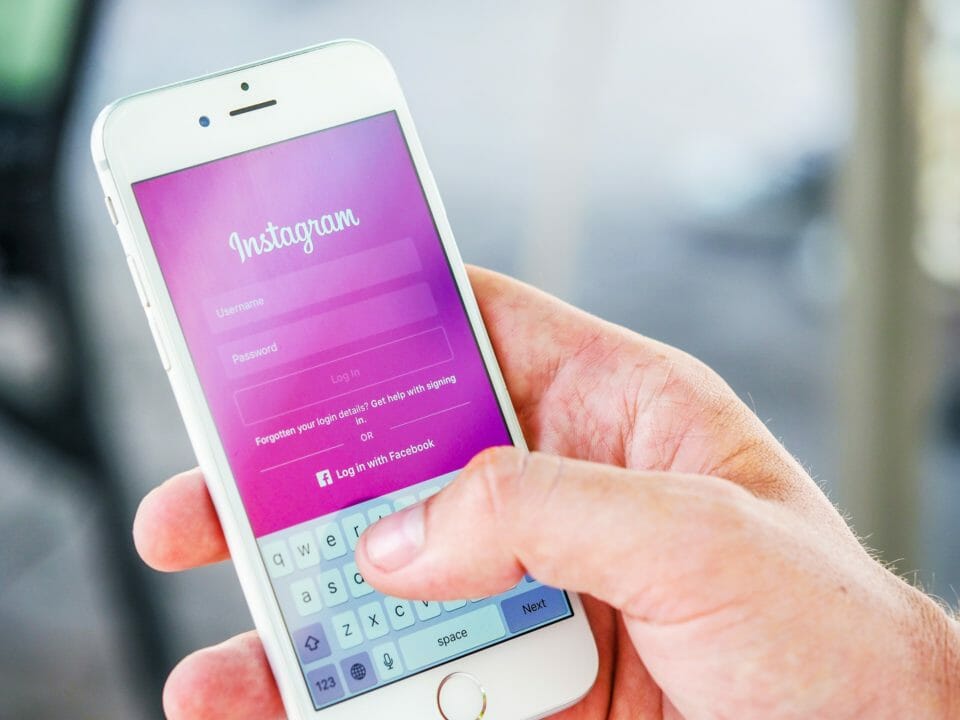Happy World Password Day! It’s the perfect time of year to re-examine and recommit to password best practices. To help, we’ve created a short video to answer all your password questions. Learn the optimal length for a password, how it’s stored, how it’s protected, why you should care and more. Variety is the spice of password life. But with so many long, custom passwords, shouldn’t you be using a password manager? And, can we get multi-factor authentication…for the win? How is this new technology making users safer at work and at home?
Here are some basic tips that will make your passwords stronger:
- Use long passwords of over 16 characters. Some sources recommend using complex passwords with a mix of letters, numbers, symbols and capitalization. Our advice is to make passwords longer rather than more complex (the extra letters add enough complexity to make them safe). Length is important because of cryptography and how passwords hashing works. If a hacker steals encrypted passwords, they can try to guess them by running every possible combination of letters and numbers through an encrypting function and comparing the output to the encrypted password they stole. Modern computers can crack short passwords this way pretty quickly. A password that’s 15 characters or less could be cracked in a reasonable amount of time, so be sure to make your passwords longer than that!
- Use different passwords everywhere. This way, if one of your accounts is compromised, that same password won’t get a hacker into other accounts you own. The easiest way to do this is to use a password manager such as LastPass, DashLane or Sticky Password and save long, complex passwords for each of your accounts. Now you only have to remember one password for the password manager instead of dozens of separate passwords!
- Use multi-factor authentication. No password, even a strong one, is perfect. Multi-factor authentication solutions require more than one token (something you have, know or are) to log into a service. Many web sites and application now offer this login option. They will require you to enter a password and perform another action such as enter a code texted to a smartphone, insert a USB hardware key, or scan your face or eye with a camera to log in. We strongly recommend turning on MFA options as an individual and considering offering MFA solutions if you run a small business.
Want more information? Head over to the World Password Day website. You can even take the #LayerUp pledge and learn more about your multi-factor authentication options.

